Difference between gas fireplace and wood insert??
Phobie Privett
17 years ago
Related Stories

LIVING ROOMSHow to Convert Your Wood-Burning Fireplace
Learn about inserts and other options for switching your fireplace from wood to gas or electric
Full Story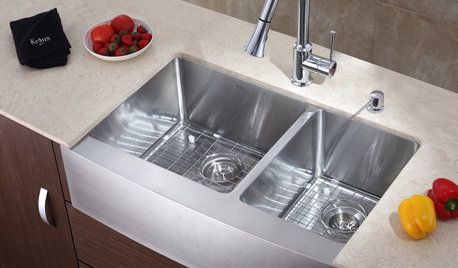
MOST POPULAR8 Little Remodeling Touches That Make a Big Difference
Make your life easier while making your home nicer, with these design details you'll really appreciate
Full Story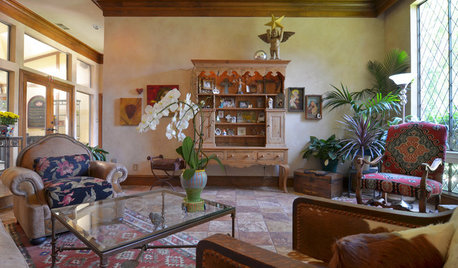
HOUZZ TOURSMy Houzz: Eclectic Meets Rustic in a Decidedly Different Dallas Home
This couple's highly personal style embraces found objects, thrift store scores, international art and a whole lotta grandkid love
Full Story
FIREPLACESDesign Workshop: Smart Ways to Store Wood Outdoors
Consider size, location, protection, air circulation and, of course, style for storing your firewood
Full Story
FIREPLACESRibbons of Fire: 10 Artfully Minimalist Fireplaces
Long and lean and sleek to the core, these gas-burning fireplaces make a powerful contemporary statement
Full Story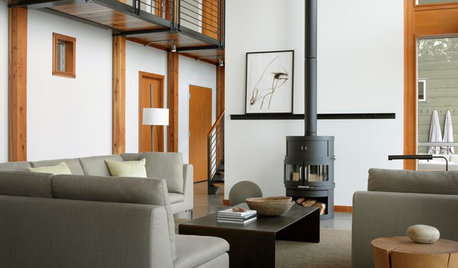
REMODELING GUIDESClean-Burning Woodstoves Ignite a Greener Heating Trend
No need to rely on oil or gas to heat your home — new woodstove designs burn cleanly and are beautiful to boot
Full Story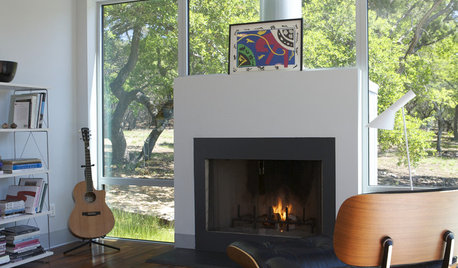
REMODELING GUIDESModern Metal Fireplaces Open World of Possibilities
Allowing way more natural light than traditional fireplaces, and with some not even needing a vent, metal fireplaces are a major improvement
Full Story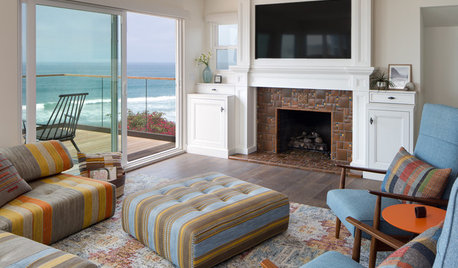
FIREPLACESNew This Week: 3 Fireplace Transformations, 3 Budgets
See how different approaches to tackling a focal-point fireplace can completely change the look of a living room
Full Story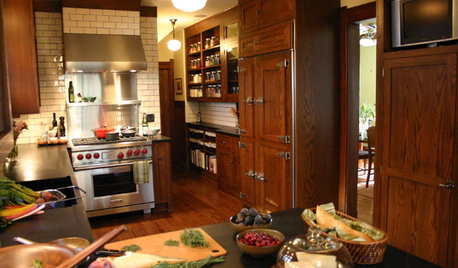
KITCHEN DESIGN20 of the Coziest Kitchens Around
Reclaimed wood, exposed brick, fireplaces and distressed surfaces add warmth and character to the heart of the home
Full Story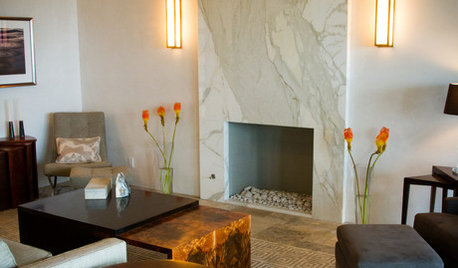
FIREPLACES12 Hot Ideas for Fireplace Facing
From traditional brick to industrial steel, there’s a fireplace cladding here to light up your design
Full StoryMore Discussions







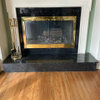
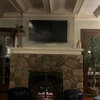
oruboris
Xanndra
Related Professionals
Fountain Hills Interior Designers & Decorators · Alamo General Contractors · Arlington General Contractors · Bartlesville General Contractors · Bon Air General Contractors · Channelview General Contractors · Fort Pierce General Contractors · Greenville General Contractors · Klamath Falls General Contractors · Markham General Contractors · Oxon Hill General Contractors · Poquoson General Contractors · Stillwater General Contractors · Tabernacle General Contractors · Villa Park General Contractorsgaryg
garyg
davej_07